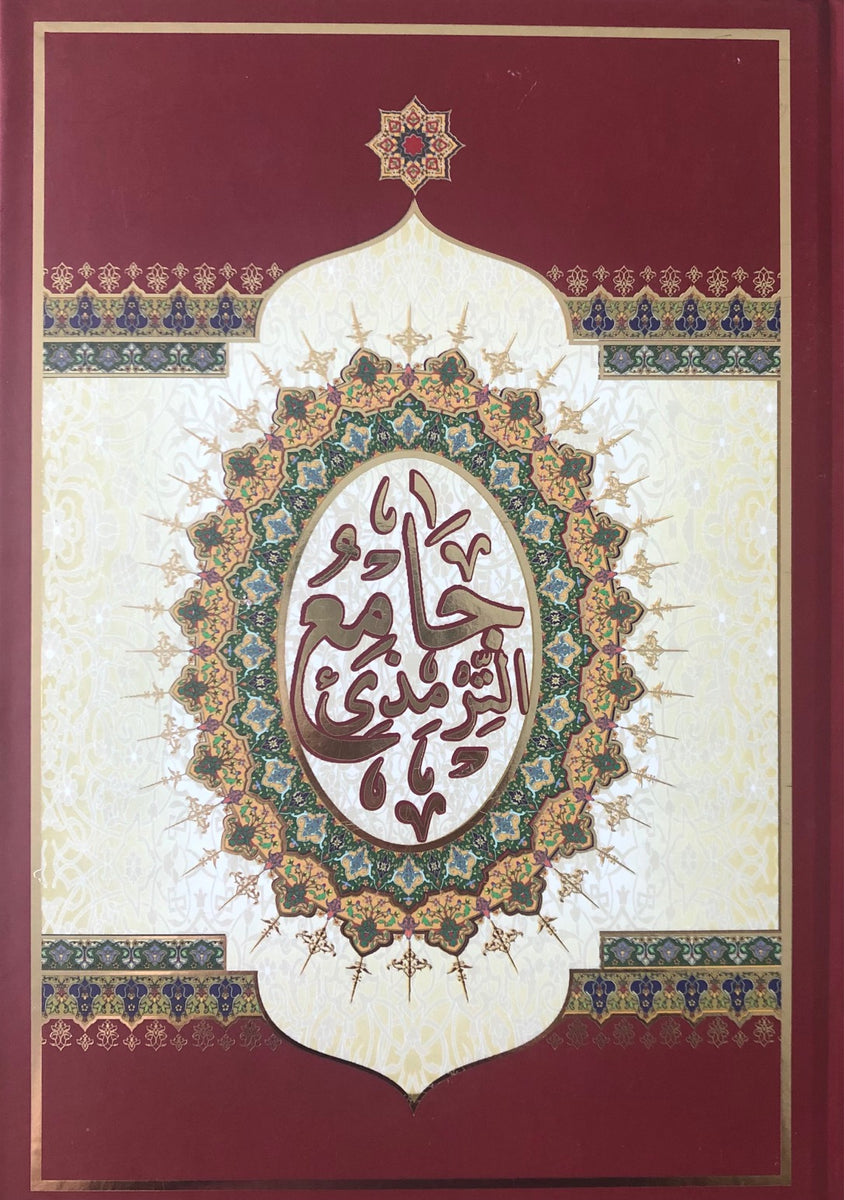

Europe’s Endangered Species: Yugoslavia’s Forgotten Muslims: A Survey of the Indigenous Muslims of Bosnia and Herzegovina Past History-Current Situation-Future Prospects. Paper Presented at the Waqf Laws and Management: Reality and Prospects, Kuala Lumpur.Ībid, S. Current Legal Issues Concerning Awqaf in Malaysia. Paper Presented at the Waqf Laws and Management: Reality and Prospects, Kuala Lumpur.Ībdul Kader, S. That year the Waqf Hospital was turned into an Institute for mental illness, which functioned until the construction of a modern hospital for mental illness within the complex of the National Hospital (Talić 1996).Ībdel Mohsin, M. Over time, this hospital became too crowded that led to a construction of the State Hospital, which began in 1894. Waqf was covering the costs of the hospital.Īt the beginning of 1882, the State Government took over this hospital.

Patients received treatments regardless of their religious denominations and they were treated, most often, for free. In the beginning, the hospital had: a manager, a doctor, a pharmacist, several servers, and thirty-two beds. The construction of this hospital was founded from the revenues generated out of the Gazi Husrev Beg’s waqf properties. In that year, upon the incentive of then protector, Sharif Osman-Pasha, a waqf Hospital was build and opened at Kovači, in the street Halilbašića 16. Up until October 8, 1966, there was no hospital in B&H. They did not use the cross nor build churches, preferring to perform rituals outdoors (for details see Obolensky 2004 as mentioned in Trakić 2012). The Bogomils were dualists in that they believed the world was created not by the Abrahamic God, but by an evil demiurge-the Devil. This helped the movement spread quickly in the Balkans, gradually expanding throughout the Byzantine Empire and later reaching the Kievan Rus, Bosnia and Herzegovina, Dalmatia, Italy, France, and England. The Bogomils called for a return to early Christianity, rejecting the ecclesiastical, and their primary political tendencies were resistance to the state and church authorities.

It most probably arose in what is today the region of Macedonia as a response to the social stratification that occurred as a result of the introduction of feudalism and as a form of political movement and opposition to the Bulgarian state and the church. The Bogomils were a Gnostic religio-political sect founded in the First Bulgarian Empire by the priest Bogomil during the reign of Tsar Peter I in the tenth century. This paper showcases the waqf-ISE model which is engineered from ground zero from Islamic foundations, without emulating any Western model and provides a window of opportunity to solve many of the societal issues afflicting Bangladesh, particularly, in terms of poverty alleviation, socio-economic development and provides a platform to empower communities in a sustainable manner. Waqf (Islamic endowment) is indeed a vehicle for financing ISE and the waqf-ISE model, discussed in this paper, provides an environment that mobilizes resources to provide a platform that caters for socio-economic development. Islamic Social Entrepreneurship (ISE), in particular, is vital for the Muslims to attain sustainable community empowerment, social and economic justice. Islam encourages social entrepreneurial ventures and gives the etiquette and spiritual guidance needed to engage in trade. There are many verses in the Qurān that directs Muslims to engage in trade activities. Despite a plethora of roundtable discussions and practical initiatives on sustainable socio-economic issues to solve the inequality gap between the rich and poor, policy makers and economists still remain in the dark and have not been able to unveil solutions to major social challenges to humanity concerning poverty, community empowerment, sustainability, and social injustice, globally.


 0 kommentar(er)
0 kommentar(er)
